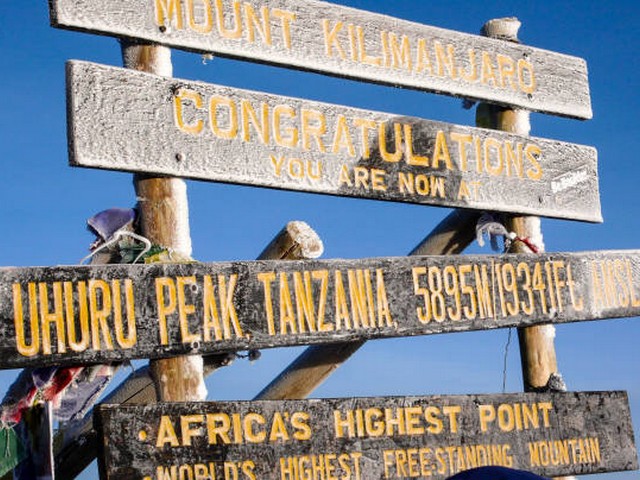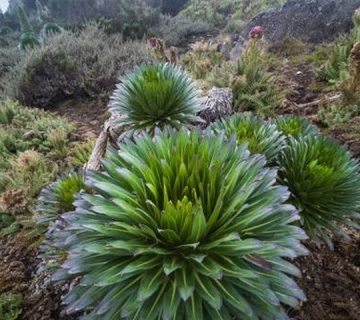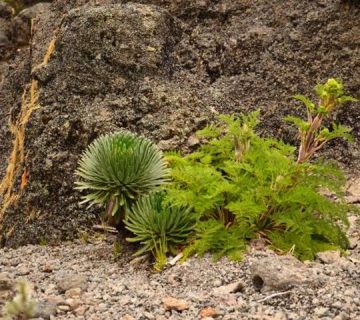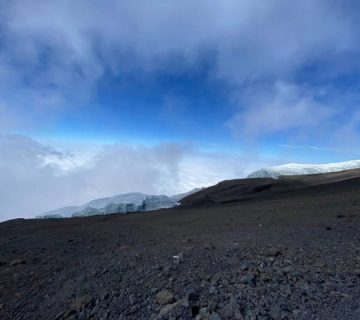How To Capture The Best Photos On Kilimanjaro
Introduction: Your Journey to Photographic Excellence Begins Here
Imagine standing atop Africa’s highest peak, the world beneath you bathed in the golden light of dawn. As the vast landscapes of Tanzania stretch out before you, you have a camera in hand, ready to capture the majesty of Mount Kilimanjaro. Whether you’re a seasoned photographer or a passionate novice, your expedition to Kilimanjaro offers a unique opportunity to photograph one of the planet’s most stunning vistas. Here at Kilimanjaro Centre For Trekking and Ecotourism (KCTE), we understand the allure that this majestic mountain holds for photography enthusiasts. That’s why we’ve crafted this exclusive guide on How To Capture The Best Photos On Kilimanjaro, filled with tips, tricks, and insider knowledge to help you bring back not just memories, but exceptional pictures that tell the story of your climb.
H2: Understanding the Photographic Terrain of Kilimanjaro
The Diverse Landscapes
Kilimanjaro is not just a mountain; it’s a mosaic of ecological systems. From rainforests and alpine meadows to arctic summits, the diversity is staggering. Each zone offers unique photographic opportunities – the lush greens of the rainforest, the stark blues and whites of the glacier fields, and the rugged browns and greys of the alpine desert.
The Light Play
The equatorial location of Kilimanjaro provides unique lighting conditions. Golden hours here can cast an ethereal glow that is perfect for dramatic landscapes. Understanding the nuances of morning and evening light can help you plan your shots to perfection.
H2: Essential Photography Gear for Kilimanjaro
To capture the essence of Kilimanjaro, you need the right tools. Here’s what should be in your photography kit:
Cameras and Lenses
- DSLR or Mirrorless Cameras: These are ideal for their adjustability and quality.
- Wide Angle Lens: Perfect for expansive landscape shots.
- Telephoto Lens: For capturing distant wildlife or detailed crater textures.
- Standard Zoom Lens: Versatile for various shots.
Accessories
- Tripod: Essential for stable, sharp images, especially in low light.
- Extra Batteries and Memory Cards: Cold conditions can drain batteries quickly, and you’ll be taking lots of photos.
- Protective Gear: Weather can change swiftly; protect your gear against moisture and dust.
H2: Photography Techniques to Master
Composition Techniques
- Rule of Thirds: Imagine dividing the frame into thirds both horizontally and vertically. Place your subject along these lines or at their intersections for a balanced photo.
- Leading Lines: Use natural lines like trails or streams to lead the eye into the picture.
- Framing: Use natural elements to frame your main subject, adding depth to your photos.
Exposure and Focus
- Manual Settings: Learn to adjust ISO, aperture, and shutter speed to suit the lighting conditions.
- Focus Modes: Use autofocus for moving subjects like wildlife, and manual focus for landscapes for more control.
H2: Best Photo Spots on Kilimanjaro
At the Rainforest
Capture the lush, verdant greens and the mysterious mist. Look out for unique flora and fauna to add an interesting element to your compositions.
The Barranco Wall and Alpine Desert
The rugged terrain here is visually striking. Early mornings offer the best light for capturing the textures and shadows that define this landscape.
Uhuru Peak
The summit offers panoramic views. Capture the curvature of the earth and the vast cloudscape below, a rewarding scene for every climber and photographer.
H2: Ethical Photography Practices
Respect the mountain and its inhabitants. Stay on designated paths to avoid damaging the fragile ecosystem. When photographing local communities or climbers, always ask for permission. It’s crucial to maintain the dignity and privacy of others while capturing your memories.
H2: Why Climb with Kilimanjaro Centre For Trekking and Ecotourism (KCTE)?
Choosing the right guide is as crucial as selecting the right camera. At KCTE, we provide experienced guides who are not only trekking professionals but also understand the needs of photographers. They know the best times and spots for capturing the magic of Kilimanjaro and can help coordinate your journey to align with your photographic goals.
Conclusion: Capture the Summit Through Your Lens
Climbing Kilimanjaro is an adventure of a lifetime, and capturing it through your lens adds a layer of fulfillment to the experience. With the right preparation, equipment, and techniques, you can take home professional-quality images that reflect the true beauty and grandeur of Africa’s highest peak. Remember, each picture tells a story, and the stories you tell of Kilimanjaro will inspire for a lifetime.
Ready to embark on a photographic expedition to Kilimanjaro? Book your climb with Kilimanjaro Centre For Trekking and Ecotourism (KCTE) today, and let us guide you to the top, one breathtaking photo at a time!
FAQ: Capturing Kilimanjaro’s Majesty
Q1: What is the best time of year to photograph Kilimanjaro?
The best times are during the dry seasons, from late June to October and from late December to early March, when the skies are clearest.
Q2: Can I rent photography gear in Tanzania?
Yes, there are places in Tanzania where you can rent gear, but for best results, bring equipment you are familiar with.
Q3: Are there photography workshops focused on Kilimanjaro climbs?
Yes, KCTE occasionally offers photography-focused climbs, guided by professional photographers who know the mountain intimately.
Q4: How physically prepared should I be?
Photographing Kilimanjaro is physically demanding. Adequate physical preparation is essential to ensure you can handle the trek and focus on your photography.
Embark on your journey to capture the towering beauty of Kilimanjaro. With KCTE, every snapshot becomes a masterpiece etched in the annals of your adventures. See you at the summit!




